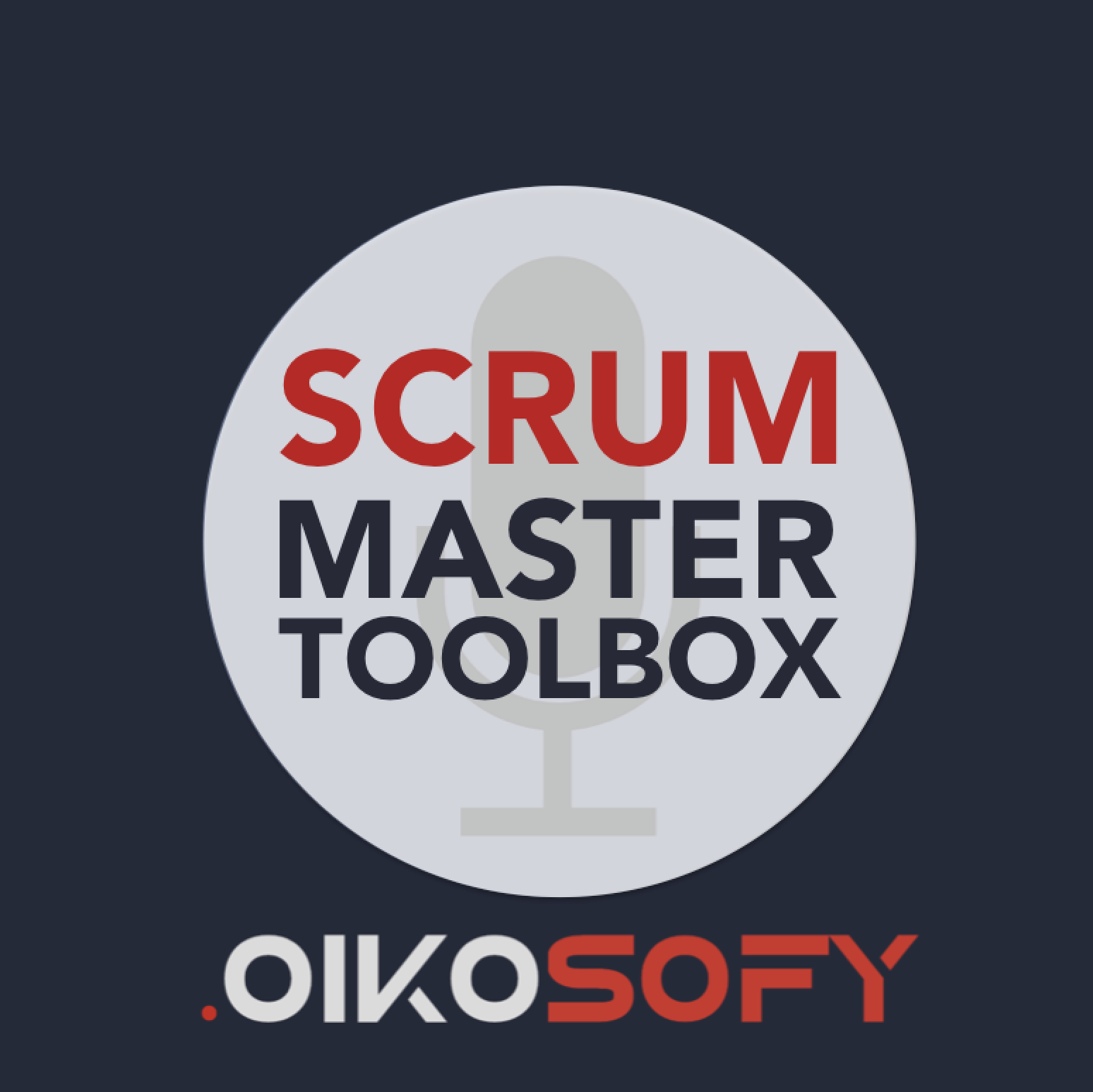Mastering the Art of Forecasting, Prioritization Paradigms and Flow Metrics | Troy Lightfoot
BONUS: Mastering the Art of Forecasting, Prioritization Paradigms and Flow Metrics with Troy Lightfoot Agile Planning Insights From The Gambler's Ruin Thought Experiment Troy, in this Agile Uprising podcast episode, delves into his intriguing journey in the realm of forecasting and estimation for software development. Inspired by that episode, we discuss the concept of Gambler's Ruin, a mathematical problem turned into a game. Troy shares the main insights from Gambler’s Ruin and mentions Prateek Singh of ProKanban.org who has used this concept to demonstrate that even a slight skill advantage can lead to success when focusing product development on what Troy calls “Small Bets” Small bets and impact on prioritization Small bets relate to the implications of spending money on a product idea. It's not just an expense; it's an investment with an anticipated return on investment (ROI). The crucial question arises: how do we strategically place these bets in product development? Here, Troy exposes the fallacy of assuming we can determine value upfront. We also discuss the concept of anti-fragility and highlight how many processes are inadvertently designed to be fragile. In this context, the size of the bet correlates with cycle time, and "time" itself becomes the bet's magnitude. As Annie Duke advocates in her book "Thinking in Bets," small bets bolster resilience, while large bets can lead to vulnerability. Essential flow metrics and their significance How do we know we are making small bets? Troy sheds light on the pivotal flow metrics that software development teams should diligently track. He explains the relationship between Work In Progress (WIP) and cycle time, referring to Little's law formula. And he introduces work item age as a metric that can help predict WIP and Cycle time, which gives teams a tangible representation of their current investment. This metric aids in decision-making and fosters a more effective approach to forecasting. Rethinking traditional prioritization techniques In the podcast, Troy advocates for a paradigm shift in prioritization practices. He highlights that the more time spent prioritizing work, the larger the bet size (planning time directly affects bet size). Drawing from the wisdom of Don Reinertsen and the principles outlined in the book "Principles of Product Development Flow," he stresses the intrinsic cost associated with all work undertaken. Aligning individuals and teams on priorities is essential, yet the priority itself may hold uncertainty. To aid teams in this endeavor, Troy discusses the Weighted Shortest Job First (WSJF) framework, and how it offers a pragmatic approach to prioritize tasks based on contributing factors. However, prioritization is directly affected by dependencies, which means that eliminating dependencies becomes a critical step towards making smaller, more manageable bets. For example, by segregating dependencies, teams can significantly reduce bet sizes and enhance predictability. In this episode, Troy elucidates how conventional priori

